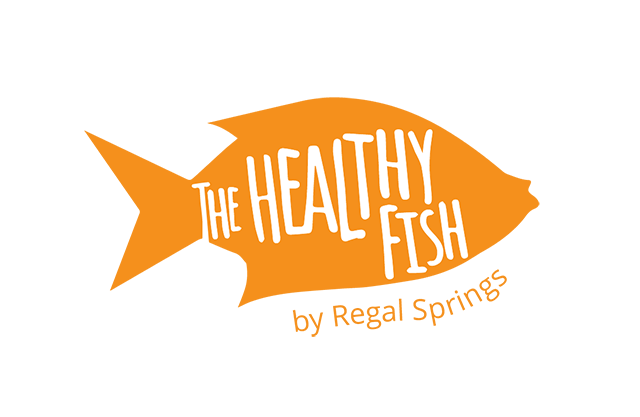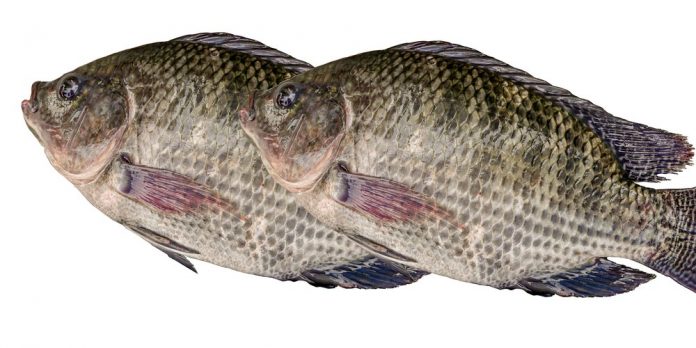Tilapia is one of the most commonly consumed fish in America. That means a lot of demand! It can be a challenge for the country to keep up and source all its Tilapia from companies that harvest healthy fish in a sustainable manner.
When you go to the store to shop for a healthy meal, you want to pick the very best Tilapia, whether that’s filets, whole or skinned. But how do you tell the good Tilapia apart from the bad?
While you may not see these differences on the surface, they are quite important. There are a few questions you should be asking yourself next time you’re in the market for some Tilapia:
Where It’s Farmed and Who Farms It
It’s common for companies to put “Product of” on all of their products, and seafood is no exception. In 2010, China produced 89% of the Tilapia that Americans consumed, but at a cost to their ecosystem.
The Atlantic reviewed Tilapia farms in China that held high standards and had ethical practices when it came to raising the fish. This is where the “who” comes into play. While ethical and sustainable practices for farming Tilapia can be found in China and also other countries such as Honduras and Indonesia, it’s largely due to the company behind it rather than the countries’ policies.
Companies such as Regal Springs operate out of both Asia and North/Central America, but only farm in a sustainable manner. Regal Springs raises their Tilapia in a high quality, natural way to ensure that you’re getting the best Tilapia you can buy. As a general rule, Tilapia from Mexico, Honduras and Indonesia are the best choices.
Nutritional Value is Key
Not sure about specific company and country standards? There are other options. When you’re buying Tilapia, be sure to check out the nutritional value and compare it amongst similar options for the same cut. The most nutritious fish is more likely to be the better Tilapia that was raised more naturally.
Tilapia that are fed hormones and other chemicals gain mass, but not nutritional value. if you’re looking at the serving size in weight and comparing the calories, protein, potassium and other nutrients, pick the sample with more nutrients per ounce. By looking at the nutrition facts, you can easily determine which the healthiest Tilapia is.
Look for Certifications
It’s easy to overlook certifications on packaging when you have a huge list of groceries to get, but be sure to look out for third party certified Tilapia. The reason why third party certifications are important is because the process. They essentially audit the fish farming practices of those who raise Tilapia to ensure they hold up to industry standard and them some.
This form of openness is important to knowing what kind of company you’re dealing with. If you’re purchasing Tilapia with no certifications, at least do a quick background check on the company and its practices to ensure that what you’re getting is a healthy fish.
Good Tilapia isn’t hard to find, you just have to look. You can easily tell if what you have is good or bad, but not by looking at the fish itself. Country, company and certifications and nutrients. Remember the three Cs and an N for the next time you go to your favorite market to pick up Tilapia for a healthy dinner.
Photo: sompol / Shutterstock.com






